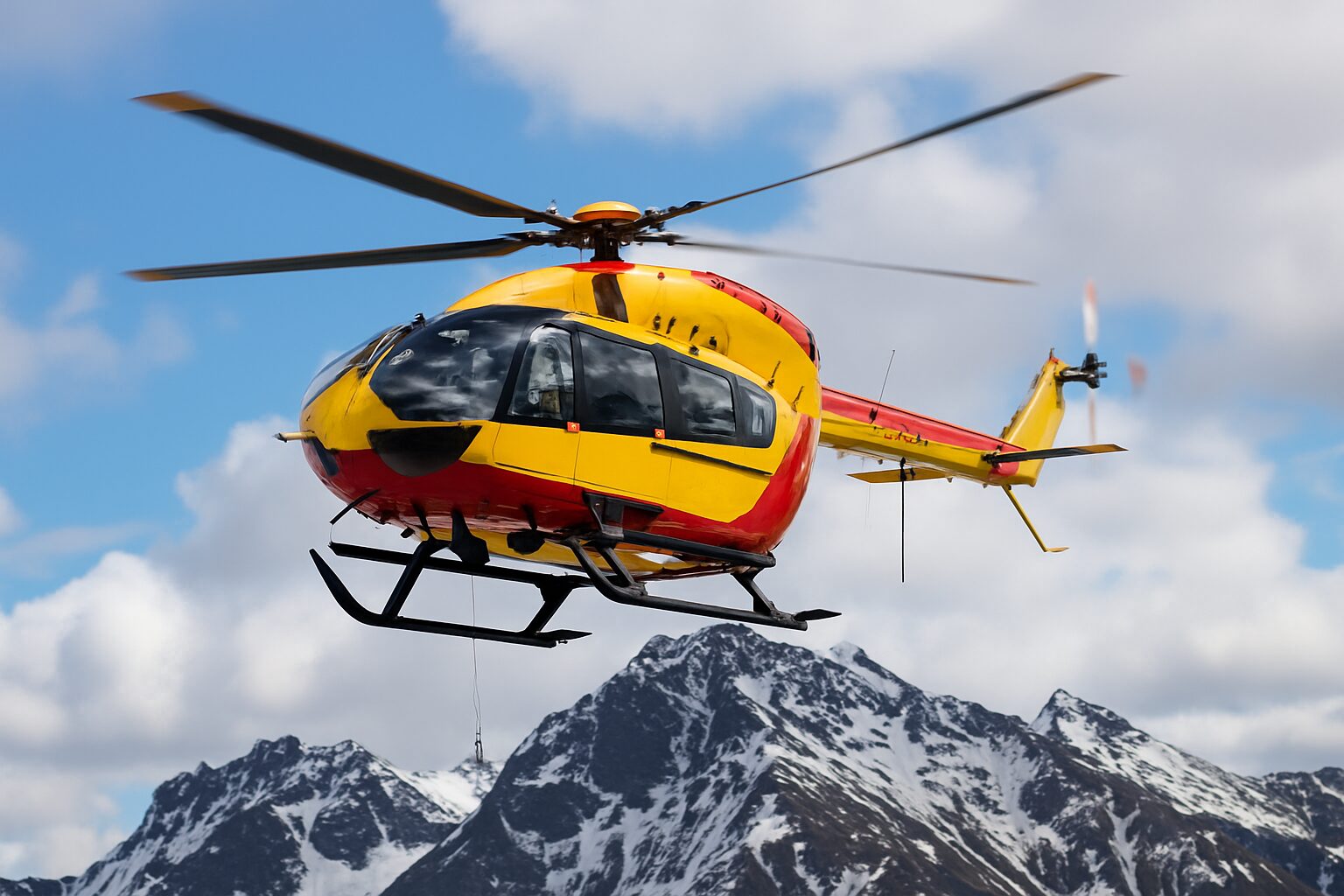In the critical moments of a life-threatening emergency, Medevac helicopters—also known as air ambulance helicopters—become airborne lifelines. From accident scenes and natural disasters to remote locations and combat zones, these flying rescue units offer rapid emergency medical evacuation that ground transport simply can’t match.
Whether it’s a civilian needing urgent medical assistance or a soldier in a combat zone, the swift response of a rescue helicopter can mean the difference between life and death.
What is a Medevac?
Medevac, short for Medical Evacuation, refers to the emergency transportation of patients by air, primarily using medical helicopters. These helicopters are specially equipped to carry critical care equipment, trained paramedics or physicians, and, most importantly, the patient.
Key terminologies often associated include:
- Medivac helicopter – an alternative spelling of medevac
- Helicopter EMS (Emergency Medical Services) – a term used in civilian emergency medical transport
- Air ambulance helicopter – a broad term for any aircraft used for medical evacuation
When Are Medevac Helicopters Used?
Medevac helicopters are not dispatched lightly. They are typically utilized when:
- The patient’s condition is life-threatening and time-sensitive
- Ground transport is too slow or impossible (e.g., mountains, offshore, war zones)
- Mass casualty events like natural disasters or major accidents require fast triage
Some real-life examples include:
- Car accidents in remote highways
- Evacuating hikers from difficult terrains
- Assisting flood victims during natural calamities
- Combat rescue helicopters transporting wounded soldiers
Inside a Rescue Helicopter
A rescue helicopter is a flying ICU. Most feature:
- Advanced medical helicopter transport tools such as ventilators, defibrillators, and IV pumps
- A helicopter hoist or basket for patient retrieval in hard-to-land areas
- Special insulation and shock absorbers to stabilize patients mid-air
- Communication systems that link directly to EMS helicopters and hospitals
Some models, like the EC135 or Bell 429, are used globally for helicopter ambulance service.
Types of Medevac Helicopters
Depending on the mission, there are different types of medical helicopters:
- Civilian EMS Helicopters – Used in urban and rural areas by emergency response teams
- Military Medevac Helicopters – Designed for battlefield casualty evacuation (CASEVAC) or medical evacuation (MEDEVAC)
- Heli Rescue Units – Focused on search and rescue operations in natural terrains or disaster zones
- Private Air Ambulance Helicopters – Used for long-distance medical transfers between hospitals
Medevac Helicopters in Action
Helicopter rescuing missions are nothing short of heroic. Highly trained flight medics, pilots, and trauma specialists coordinate under pressure in extreme conditions. Whether through narrow canyons or amidst warzones, they perform critical care mid-flight.
Famous missions include:
- Basket rescue operations during mountain avalanches
- Combat helicopter evacuations in Afghanistan and Iraq
- Urban emergency responses by services like MedFlight helicopters
The Human Side: What It’s Like to Be Medevaced
People often wonder, “What does medevaced mean?” or “What is a medevac flight like?”
Being medevaced involves being quickly assessed and stabilized at the scene, then transported by helicopter to the nearest trauma facility. It’s fast, efficient, and often the only chance at survival in time-critical situations.
Symptoms of shock, trauma, or injury are treated mid-air by emergency helicopter medics, who act as both doctors and first responders.
The Challenges and Innovations
While emergency helicopters are powerful tools, they face challenges:
- Weather and terrain can hinder flight
- Operational costs are extremely high
- Access to medical helicopter types in rural regions can be limited
However, advancements in medevac operations include:
- AI-assisted flight routing
- Night vision-equipped helivac units
- Lightweight evac machines and improved helicopter hoist systems
Medevac vs. Ground Ambulance: When to Choose the Sky
While ground ambulances are more common, they can’t always match the speed or access of air ambulance rescue. Choosing a helicopter EMS is usually protocol-based, determined by severity, distance, and urgency.
In situations like severe burns, strokes, or cardiac arrest in remote areas, medical helicopter transport is the superior option.
Conclusion: Wings of Hope
Medevac helicopters are more than machines—they are lifelines. From urban emergencies to remote rescues, they represent a fusion of technology, bravery, and compassion. As helicopter EMS continues to evolve, more lives are being saved every day—thanks to the precision, training, and speed of these airborne saviors.
For more guides on emergency preparedness and global safety insights, explore The Inspiring Insight.




